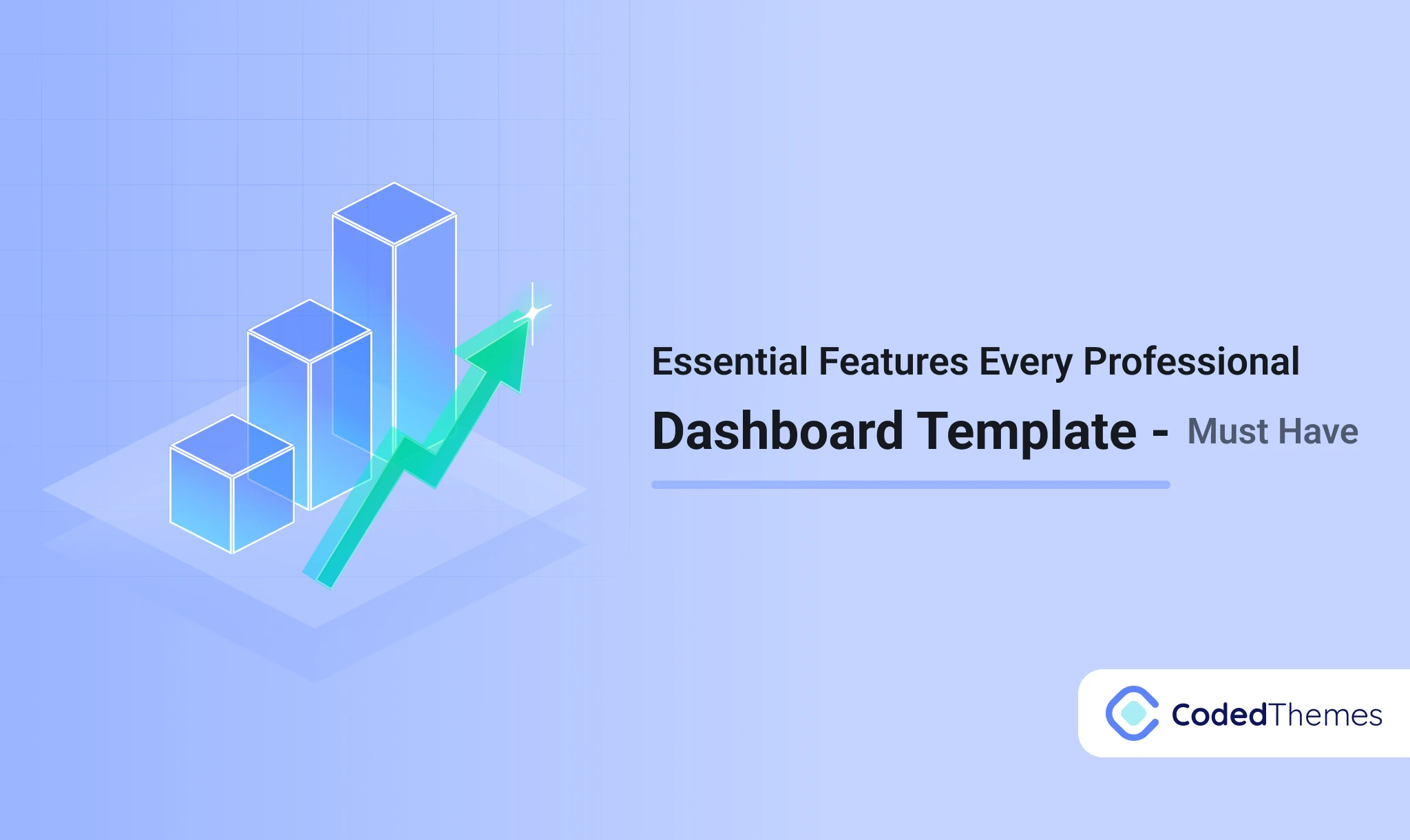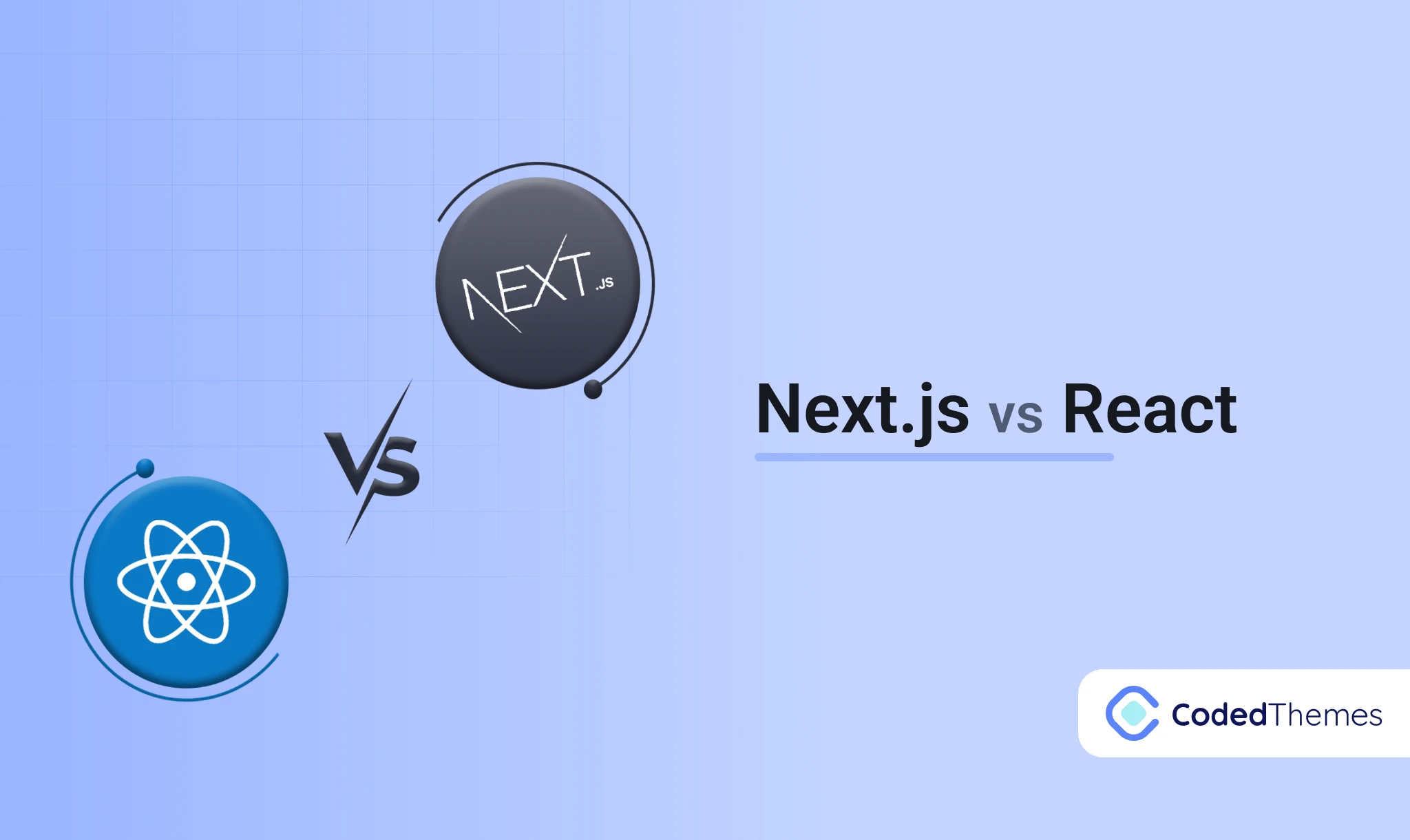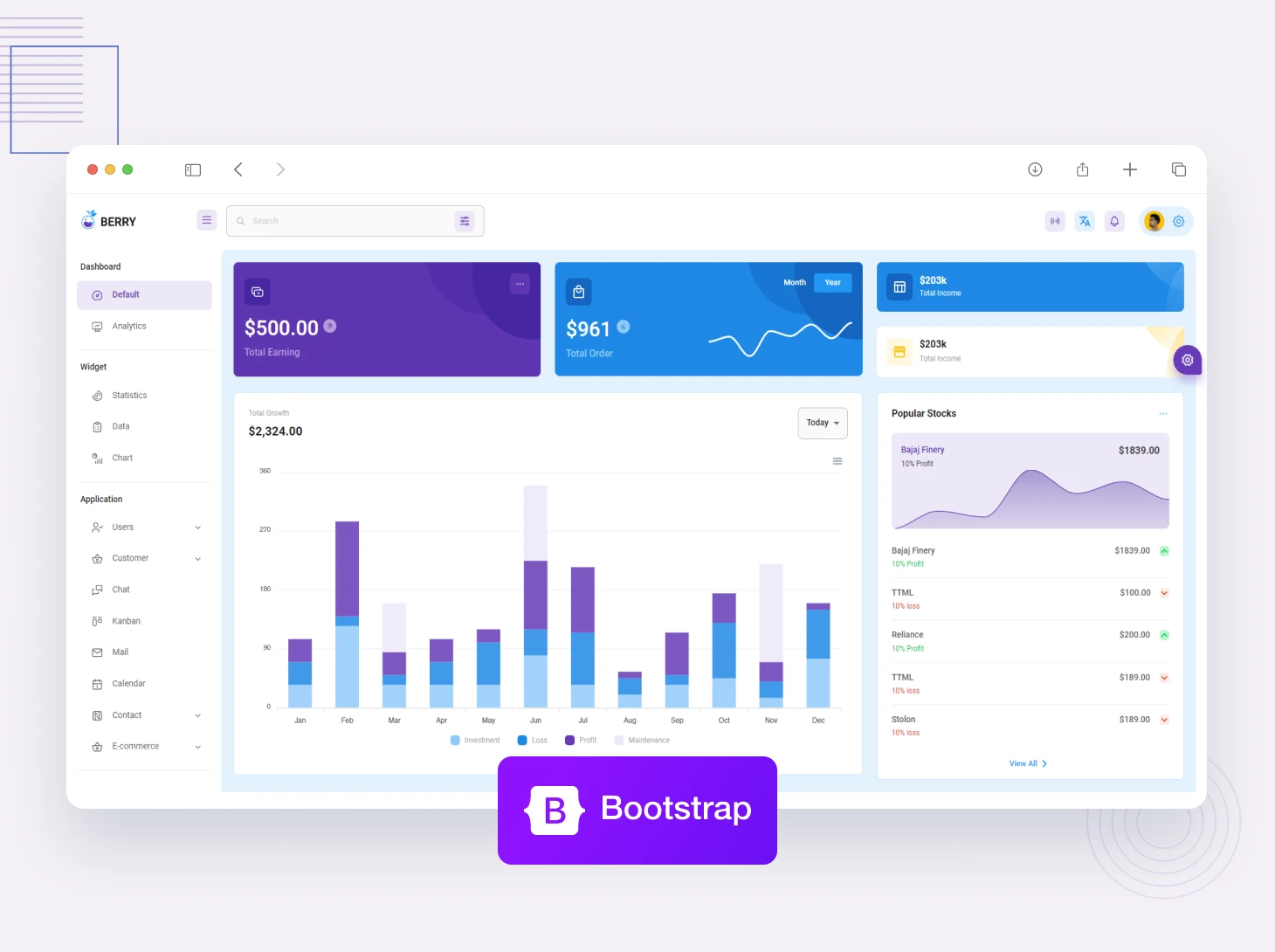Angular, the powerful framework for building dynamic web applications, is poised for another exciting leap forward with the upcoming release of version 18. While the official feature set is yet to be unveiled, based on insights from the Angular team and community discussions, we can expect a range of enhancements designed to elevate the developer experience and application performance. Let’s delve into the anticipated highlights of Angular 18 and explore how they might empower your development journey.
Performance Boost: Built for Speed
One of the most anticipated aspects of Angular 18 is the focus on performance optimization. Here’s what could be in store:
TypeScript 4.7 Integration:
Angular 18 is designed to take full advantage of TypeScript 4.7. This powerful superset of JavaScript offers several performance improvements, including faster compilation times and a more streamlined build process. These enhancements translate to a smoother development workflow and potentially speedier application execution. As a reminder, Angular 18 no longer supports TypeScript versions older than 5.4. Upgrading your TypeScript version will allow you to benefit from these advancements.
Framework Optimizations:
The Angular team is constantly striving to improve the core framework itself. We can expect continued optimizations in change detection, the mechanism that keeps the user interface in sync with the underlying data. Additionally, there might be improvements in rendering and dependency injection, leading to more responsive and efficient applications.
These performance enhancements promise to make Angular 18 applications feel snappier, particularly when dealing with complex data or large datasets. This translates to a more seamless user experience and better overall application responsiveness.
Enhanced Developer Experience: Building with Ease
Beyond raw performance, Angular 18 promises a more streamlined development experience. Here are some potential areas of improvement:
One of the most upvoted issues we’ve had was specifying default content for ng-content. In v18 it is now available! Here’s a quick example:
@Component({
selector: 'app-profile',
template: `
Hello
Unknown user
`,
})
export class Profile {}
We can use the component:
<app-profile>
<span class="greeting">Good Morning</span>
</app-profile>Which will result in:
<span class="greeting">Good Morning</span>
Unknown userImproved Forms API:
Angular 18 could enhance its Forms API, especially in the realm of reactive forms. Reactive forms are preferred in complex scenarios due to their predictability and manageability. These forms provide an immutable, explicit approach to managing the form state, which can be extremely beneficial when dealing with dynamic form requirements.
Example of Using the Enhanced Reactive Forms API
Consider a scenario where we need to dynamically add or remove form inputs based on user interactions. Here’s how you might handle this with an improved reactive forms API:
import { Component, OnInit } from '@angular/core';
import { FormBuilder, FormGroup, Validators } from '@angular/forms';
@Component({
selector: 'app-dynamic-form',
templateUrl: './dynamic-form.component.html'
})
export class DynamicFormComponent implements OnInit {
form: FormGroup;
constructor(private fb: FormBuilder) {}
ngOnInit() {
this.form = this.fb.group({
email: ['', [Validators.required, Validators.email]],
skills: this.fb.array([
this.fb.control('')
])
});
}
get skills() {
return this.form.get('skills');
}
addSkill() {
this.skills.push(this.fb.control(''));
}
removeSkill(index: number) {
this.skills.removeAt(index);
}
onSubmit() {
if (this.form.valid) {
console.log('Form Value:', this.form.value);
}
}
}Explanation
FormBuilder: This service in Angular simplifies the creation of form controls and groups. It’s part of the reactive forms module.
FormGroup: This is a group of form controls, which can include other FormGroup instances, forming a nested structure.
fb.array(): This method creates a dynamic array of form controls. It is useful for managing form controls that can dynamically increase or decrease, such as a list of skills in this example.
addSkill() and removeSkill(): These methods dynamically add and remove form controls to/from the form array. This demonstrates how Angular’s reactive forms can be dynamically manipulated.
This example illustrates how Angular’s enhanced Forms API could simplify managing complex, dynamic forms, making it easier for developers to implement robust form interactions in their applications.
Advanced Debugging Tools:
Angular 18 is expected to introduce advanced debugging tools that could significantly enhance the ability of developers to quickly identify and troubleshoot issues within their applications. These tools might include improved logging, breakpoints, and real-time data inspection within the Angular framework.
Example of Using Advanced Debugging Tools
Suppose Angular 18 introduces a new debugging tool that integrates with popular development environments like Visual Studio Code, providing enhanced breakpoints and state inspection capabilities. Here’s an example of how you might use these tools in a typical component:
import { Component, OnInit } from '@angular/core';
import { DataService } from './data.service';
@Component({
selector: 'app-user-list',
templateUrl: './user-list.component.html',
styleUrls: ['./user-list.component.css']
})
export class UserListComponent implements OnInit {
users: any[];
constructor(private dataService: DataService) {}
ngOnInit() {
this.dataService.getUsers().subscribe({
next: (data) => {
this.users = data;
console.debug('Users loaded:', this.users); // Enhanced debugging statement
},
error: (error) => {
console.error('Error loading users:', error); // Error handling with detailed debugging
}
});
}
}Explanation
Enhanced Console Debugging: Suppose Angular 18 enhances console methods (console.debug, console.error) with more contextual information about the application state at the time of logging. This could include component names, data flow, and more detailed stack traces.
Real-time Data Inspection: Imagine a new tool or extension for Angular that allows developers to set breakpoints not just in code, but also to watch specific data changes or events within the Angular environment. This tool could integrate with the IDE, allowing you to inspect component states, service responses, and other crucial data points in real-time.
Using these tools, developers would be able to more effectively debug their applications, understanding the flow of data and the state of the application at any point in the execution path. This would make the debugging process more intuitive and less time-consuming, potentially leading to quicker resolutions of issues and a smoother development cycle.
These developer-centric features aim to make Angular 18 an even more enjoyable and efficient framework to work with. Developers can expect a smoother workflow, clearer code, and easier problem-solving, ultimately leading to faster development cycles and more maintainable applications.
Beyond the Horizon: Potential Gems in Angular 18
While the confirmed features haven’t been officially revealed, the Angular community is abuzz with discussions about potential additions that could further enhance the framework. Here are some exciting possibilities:
Change Detection Optimizations: Change detection is a fundamental aspect of Angular, but it can sometimes lead to performance bottlenecks in certain scenarios. Angular 18 might introduce optimizations to the change detection mechanism, allowing for more granular control and potentially leading to significant performance gains.
Deferred Loading: This technique involves loading modules or components only when they are needed by the user. This could significantly improve the initial load time of complex Angular applications, especially on slower network connections.
Enhanced Unit Testing: Testing is crucial for maintaining a healthy codebase. Angular 18 might introduce improvements to unit testing tools and mechanisms, making it even easier for developers to write comprehensive and reliable tests for their applications.
Accessibility Focus: Accessibility is paramount in modern web development. Angular 18 could introduce additional features and tools to make it easier for developers to build applications that are inclusive and usable by everyone, regardless of abilities.
While these features are not confirmed, they represent the exciting direction Angular might be taking. These enhancements could further solidify Angular’s position as a leading framework for building high-performance, scalable, and user-centric web applications.
Embracing the Future of Web Development with Angular 18
With Angular 18 on the horizon, developers have a lot to anticipate. The upcoming version promises performance enhancements, improved developer experience features, and supports hydration for internationalization (i18n), making it easier to manage localized content. Additionally, Angular 18 will support Node.js v22, ensuring compatibility with the latest server-side advancements. These developments are designed to elevate the process of creating robust and interactive web applications. By staying updated with these features and actively engaging with the Angular community, developers can prepare to fully leverage this powerful framework and continue shaping the future of web development.











Comments